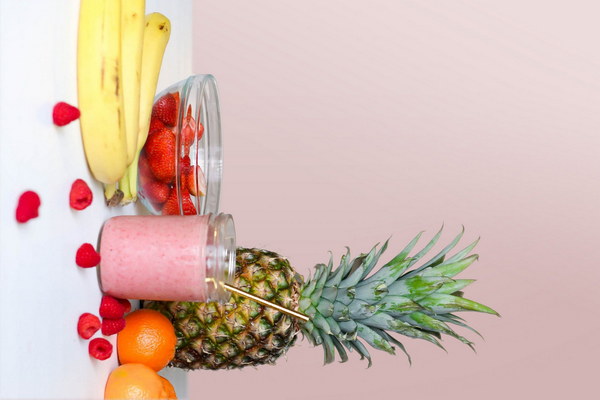Easing Dampness in Postpartum Women Traditional Remedies and Modern Practices
Easing Dampness in Postpartum Women: Traditional Remedies and Modern Practices
After the joyous experience of giving birth, many new mothers find themselves dealing with a condition known as dampness, a concept rooted in traditional Chinese medicine (TCM). Dampness refers to a buildup of excess moisture in the body, which can lead to a variety of postpartum health issues. This article explores both traditional and modern approaches to help postpartum women alleviate dampness and promote their overall well-being.
Understanding Dampness in Postpartum Women
In TCM, dampness is believed to be a result of the body's inability to expel moisture properly, often exacerbated by factors such as poor diet, environmental conditions, or stress. Postpartum dampness can manifest in several ways, including fatigue, swelling, constipation, or even weight gain. It's crucial for new mothers to address this condition to prevent more serious health problems down the line.

Traditional Remedies for Postpartum Dampness
1. Herbal Medicine: TCM utilizes a variety of herbs to address dampness. Commonly prescribed formulas include Bu Zhong Yì Qi Tang (Tonify the Middle and Invigorate the Qi) and Liu Jun Zi Tang (Three-Ingredient Pill). These formulas aim to strengthen the spleen and improve digestion, which are essential in removing dampness.
2. Acupuncture: Acupuncture can be a gentle and effective way to stimulate the body's natural healing processes. Points commonly used to treat dampness include those that are associated with the spleen and kidney meridians, such as Pishu (BL 20) and Zusanli (ST 36).
3. Moxibustion: This therapeutic technique involves burning moxa (a substance derived from dried mugwort) near the skin's surface to stimulate the flow of Qi and improve circulation. Moxibustion is particularly beneficial for postpartum women who have a cold constitution or are prone to dampness.
4. Dietary Adjustments: A postpartum diet should be rich in nutrients and low in dampness-inducing foods. Foods to avoid include cold, raw, and heavy foods that can exacerbate dampness. Instead, focus on warm, cooked, and easily digestible foods such as soups, porridge, and steamed vegetables.
Modern Practices for Postpartum Dampness
1. Physical Activity: Gentle exercise, such as walking or prenatal yoga, can help stimulate circulation and aid in the removal of dampness. It's important to start slowly and consult with a healthcare provider before beginning any new exercise regimen.
2. Hydration: Staying well-hydrated can help flush out excess moisture from the body. However, it's crucial to avoid cold water, as it can further contribute to dampness. Instead, drink warm or room-temperature fluids.
3. Rest and Relaxation: Adequate rest is essential for postpartum recovery. Stress and fatigue can weaken the body's ability to expel dampness, so make sure to get enough sleep and engage in relaxation techniques like meditation or deep breathing exercises.
4. Professional Guidance: In some cases, postpartum dampness may require the attention of a healthcare professional. A doctor or a TCM practitioner can provide personalized advice and treatment to address the specific needs of the new mother.
Conclusion
Easing dampness in postpartum women is an important aspect of postnatal care. By combining traditional practices with modern approaches, new mothers can effectively manage dampness and support their overall health and well-being. It's always best to consult with a healthcare provider to determine the most appropriate treatment plan for individual needs. With the right care, new mothers can navigate the challenges of postpartum recovery and embrace their new role with vitality and strength.









